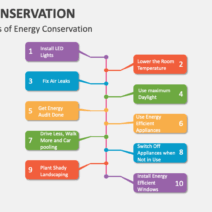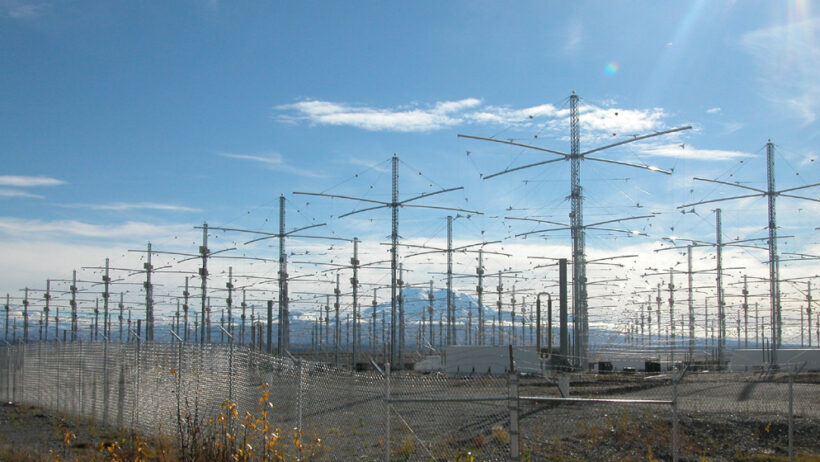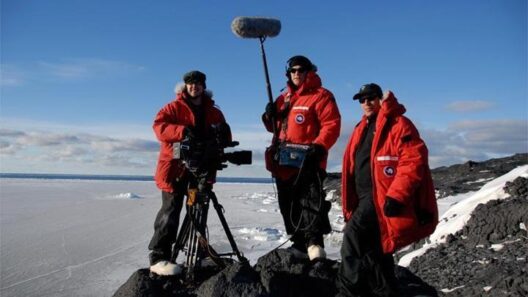In an era characterized by increasingly erratic weather patterns, rising sea levels, and increasingly frequent natural disasters, the search for innovative solutions to combat global warming has become more urgent than ever. Among the myriad of technological advancements proposed to tackle climate change, one that often garners both intrigue and skepticism is the High-Frequency Active Auroral Research Program (HAARP). This facility, initially established for research into ionospheric phenomena, has become the center of various conspiracy theories, yet it also presents potential mechanisms that could be instrumental in addressing some of the most pressing issues arising from climate change.
At its core, HAARP is a research program designed to study the ionosphere, the atmospheric layer that serves as a cloak protecting our planet from solar and cosmic radiation. By utilizing a potent array of high-frequency transmitters, HAARP is capable of inducing temporary, controlled changes in the ionosphere. This nuanced interaction between technology and the atmosphere raises a question that merits exploration: Can this machine, often misconstrued as a harbinger of disaster, be harnessed as a tool for environmental rejuvenation?
The allure of HAARP lies in its ability to manipulate atmospheric conditions, albeit on a very small scale. This capability prompts speculation about its application in climate engineering—a field that proposes large-scale interventions to combat global warming and its derivatives. Picture, for a moment, the planet as a grand tapestry, woven from threads of ecosystems, weather patterns, and human activity. Each thread is critical, and to mend the growing rips caused by climate change requires innovative sewing methods, potentially including those that HAARP could introduce.
One potential avenue of exploration is the concept of modifying weather events. Climate alteration through techniques such as cloud seeding—introducing substances into the atmosphere to encourage precipitation—has garnered attention and positive results in various regions. If HAARP were to influence the ionosphere effectively, could it enhance these weather modifications? Imagine a scenario where HAARP technology facilitates the formation of clouds over drought-stricken areas, providing much-needed rain and revitalizing parched landscapes.
Moreover, HAARP’s resonance with the atmospheric layers may hold promise for addressing another grave concern: the reflection of solar radiation. Global dimming, a phenomenon where increased airborne particles reduce sunlight reaching the Earth, has been proposed as an approach to mitigate global warming. By engineering reflective particles in the atmosphere, HAARP could potentially serve as a catalyst in this process, creating a more temperate climate while we transition to sustainable energy sources.
However, any evaluation of HAARP’s potential applications demands a balanced perspective that acknowledges the ethical implications and ecological ramifications of climate intervention. The ambition to manipulate nature, regardless of the meager scope of a single facility, brings forth a cascade of moral dilemmas. Could such interventions lead to unintended consequences? Would they disrupt ecosystems already under stress or create new forms of environmental injustice?
Moreover, the chimeric notion of wielding HAARP as a weapon against climate change, absent rigorous oversight and scientific consensus, verges on hubris. Not unlike the proverbial Pandora’s Box, opening the door to atmospheric manipulation without rigorous deliberation could unleash unforeseen ramifications. Thus, before any potential deployment of such technology, a cohesive framework grounded in ethical responsibility, scientific scrutiny, and environmental stewardship must be established.
Furthermore, one must consider the urgency of climate action. Can we afford to invest time and resources into experimental technologies like HAARP while conditions across the globe worsen? The dilemma is not merely technological; it is a multifaceted crisis requiring coordinated efforts across disciplines—policy-makers, scientists, and activists must work inexorably together. The pathway forward must prioritize renewable energy, conservation, and sustainable practices while remaining open to innovations that promise to alter the trajectory of our climate.
In this context, the HAARP machine remains a potential ally in a burgeoning war against global warming, but it serves as only one brushstroke on a complex canvas. Envisioning a future where atmospheric interventions play a role should not eclipse the pressing necessity of addressing the root causes of climate change through systemic change in industries, lifestyles, and policies. Each initiative, whether it is grassroots activism or advanced technology like HAARP, must be part of an integrated approach that nurtures the resilience of our planet.
As we grapple with the consequences of our past choices, the intrigue surrounding HAARP serves as both a warning and a beacon of hope. In exploring its potential to combat climate change, we remain mindful that the quest for solution-centric methodologies should never overshadow the vital commitment to fostering a harmonious relationship with our environment. It is a delicate balancing act, akin to turning the dials of an intricate machine, each adjustment creating ripples through the ecological landscape.
Ultimately, the potential of HAARP lies not in its capacity for transformation on its own, but rather in its ability to stimulate deeper discussions and innovative thinking around climate solutions. By compelling us to think outside conventional frameworks, HAARP embodies a hope that transcends its mechanical essence—a reminder that within our reach lies the power to create positive change through responsible innovation.






